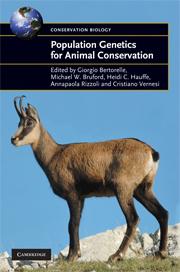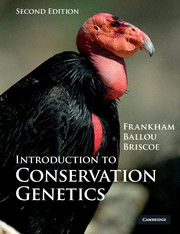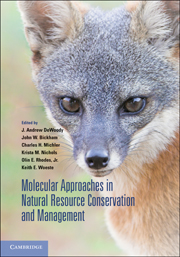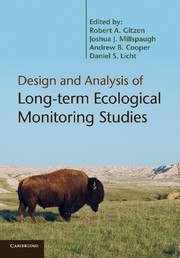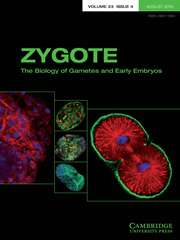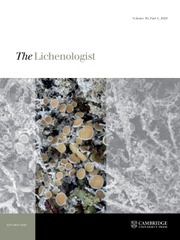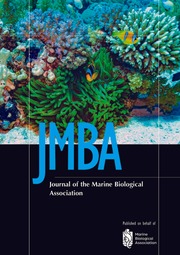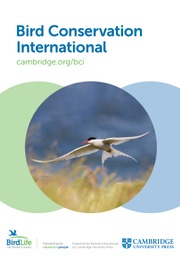Population Genetics for Animal Conservation
It is widely accepted among conservation biologists that genetics is, more than ever, an essential and efficient tool for wild and captive population management and reserve design. However, a true synergy between population genetics and conservation biology is lacking. Following the first International Workshop on Population Genetics for Animal Conservation in 2003 at the Centro di Ecologia Alpina, Trento, Italy (recently incorporated into the Edmund Mach Foundation), the scientific committee felt that, given the global urgency of animal conservation, it was imperative that discussions at the conference were made accessible to graduate students and wildlife managers. This book integrates 'the analytical methods approach' with the 'real problems approach' in conservation genetics. Each chapter is an exhaustive review of one area of expertise, and a special effort has been made to explain the statistical tools available for the analysis of molecular data as clearly as possible. The result is a comprehensive volume of the state of the art in conservation genetics, illustrating the power and utility of this synergy.
- Detailed explanations of complex statistical analyses to help readers understand the advantages, disadvantages and assumptions of each approach to apply them to case studies
- In-depth case studies apply population genetics approaches to practical conservation problems
- Comprehensive reviews of relevant topics that also lead the reader directly to the appropriate literature
Reviews & endorsements
"... the book serves as an excellent complement to other literature in molecular ecology and conservation genetics. This book undertakes the task of covering a wide area of research and does an admirable job. Overall, I highly recommend this book as a supplemental educational and technical resource for any molecular ecologist who has a strong passion for conservation biology."
Nelson Ting, American Journal of Physical Anthropology
Product details
June 2009Hardback
9780521866309
410 pages
234 × 160 × 22 mm
0.78kg
1 b/w illus. 8 colour illus.
Available
Table of Contents
- 1. Introduction Heidi C. Hauffe and Valerio Sbordoni
- 2. Statistical methods for identifying hybrids and groups Eric C. Anderson
- 3. How to use Migrate or why are Markov chain Monte Carlo programs difficult to use? Peter Beerli
- 4. Nested clade phylogeographic analysis for conservation genetics Jennifer E. Buhay, Keith A. Crandall and David Posada
- 5. A comparison of methods for constructing evolutionary networks from intraspecific DNA sequences Patrick Mardulyn, Insa Cassens and Michel C. Milinkovitch
- 6. Challenges in assessing adaptive genetic diversity: overview of methods and empirical illustrations Aurélie Bonin and Louis Bernatchez
- 7. Monitoring and detecting translocations using genetic data Giorgio Bertorelle, Chiara Papetti, Heidi C. Hauffe and Luigi Boitani
- 8. Non-invasive genetic analysis in conservation Benoît Goossens and Michael W. Bruford
- 9. The role of ancient DNA in conservation biology Jon Beadell, Yvonne Chan and Robert Fleischer
- 10. Future-proofing genetic units for conservation: time's up for subspecies as the debate gets out of neutral! Michael W. Bruford
- 11. Genetic diversity and fitness related traits in endangered salmonids Katriina Tiira and Craig R. Primmer
- 12. Genetics and conservation on islands: the Galápagos giant tortoise as a case study Claudio Ciofi, Adalgisa Caccone, Luciano B. Beheregaray, Michel C. Milinkovitch, Michael Russello and Jeffrey R. Powell
- 13. Evolution of population genetic structure in marine mammal species A. Rus Hoelzel
- 14. Recent developments in molecular tools for conservation Cristiano Vernesi and Michael W. Bruford
- 15. Theoretical outlook Mark Beaumont.

